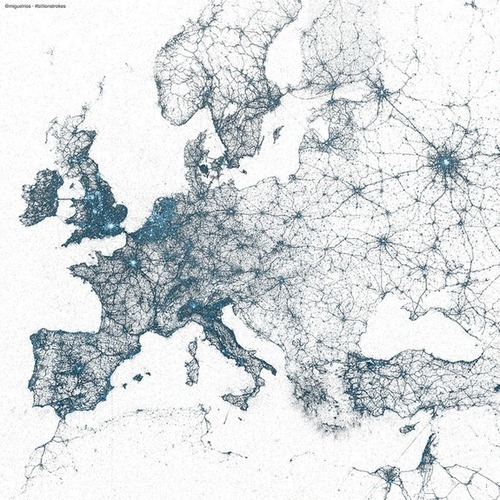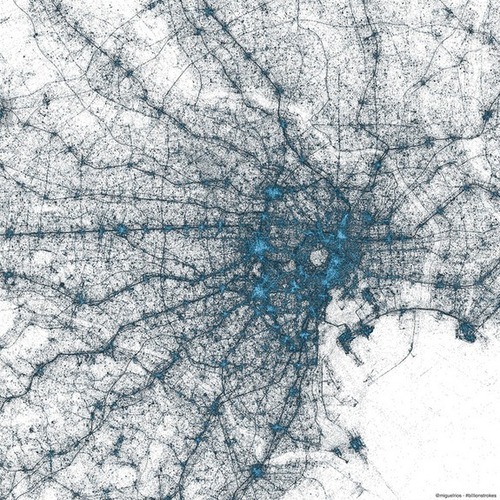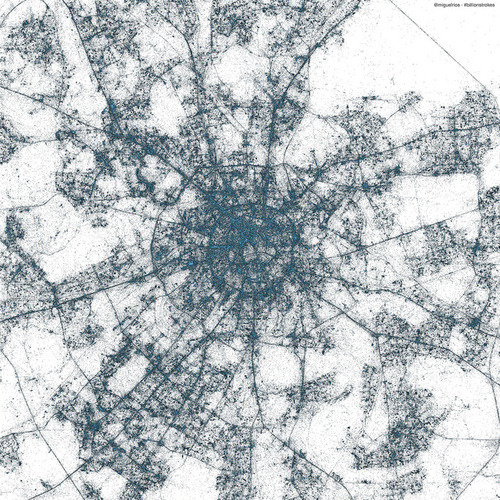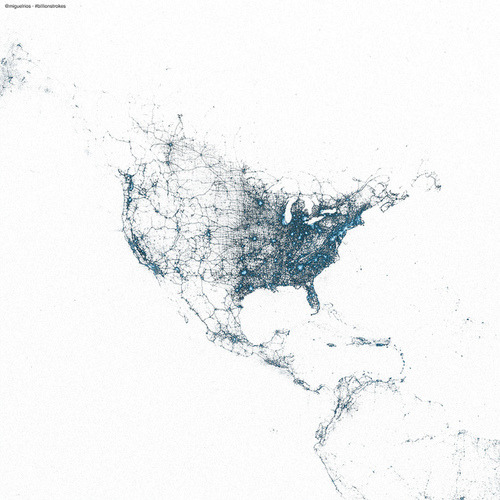The visualization below, from the Oxford Internet Institute, attempts to simplify the world’s network of submarine fiber-optic cables into a commonly understood subway map.
Each stop on the subway is a node (a place where data is sent and received like an Internet service provider) assigned to a country. The map is generated by taking node data from cablemap.info which“aims to provide a global overview of the network, and a general sense of how information traverses our planet,”.

A higher resolution image is available at geography.oii.ox.ac.uk.
(h/t slate.com)









 Infographics
Infographics